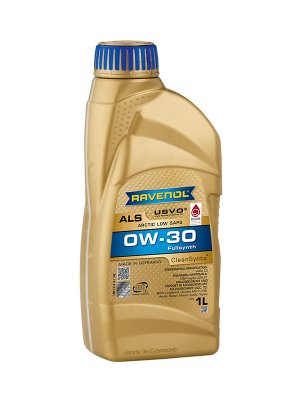I came across this 2018 paper “
Cold cranking viscosity of used synthetic oils originating from vehicles operated under similar driving conditions” that measured how much CCS @ -31C increased for various 5w30 oils over a 1 year period with accumulated mileages up to 15,551 km. The oils used were not identified but grouped according to their certifications. Their conclusion (edited by me to more clearly identify and distinguish the oil groups):
“All analysed oil groups showed an upward trend in the dynamic viscosity at −30°C compared with the baseline value, and the sharpest increases (69%) were observed in the [non-API C2-10] group, while the lowest in the [SN] group (36%). In all analysed cases, there was a dangerously rapid increase in the cranking viscosity, and the limits were very quickly exceeded (7000 mPa·s). The greatest intensification of changes with respect to the mileage was recorded for [SL/Dexos2], [SH/A3/B3] and [SM/A3/B3] oils. The limit values were exceeded after 3000, 4000 and 5000 km, respectively. For the engines operating with these oils, it should be taken into account that a high viscosity of the cold oil may greatly hinder its spreading on the surfaces of the co-operating parts of the engine. Especially in winter, [SN] and [non-API C2-10] might be a better option. In their case, the limit values were exceeded at 10,000 km [for SN oils] and 13,000 [for non-API C2-10 oils].”
Explanation: The CCS of the non-API C2-10 oils increased the most, but their baseline was the lowest at 4400 and their CCS values were still the lowest at 15,000 km. The SN oils had the next to lowest baseline values and increased the least, but that was not enough to give them the lowest CCS at 15,000 km.


